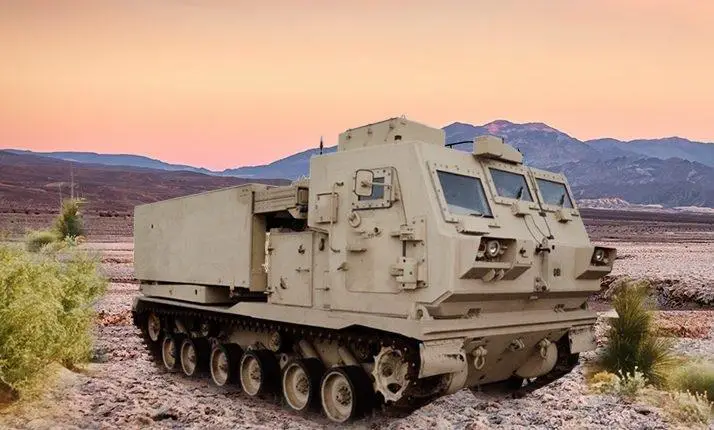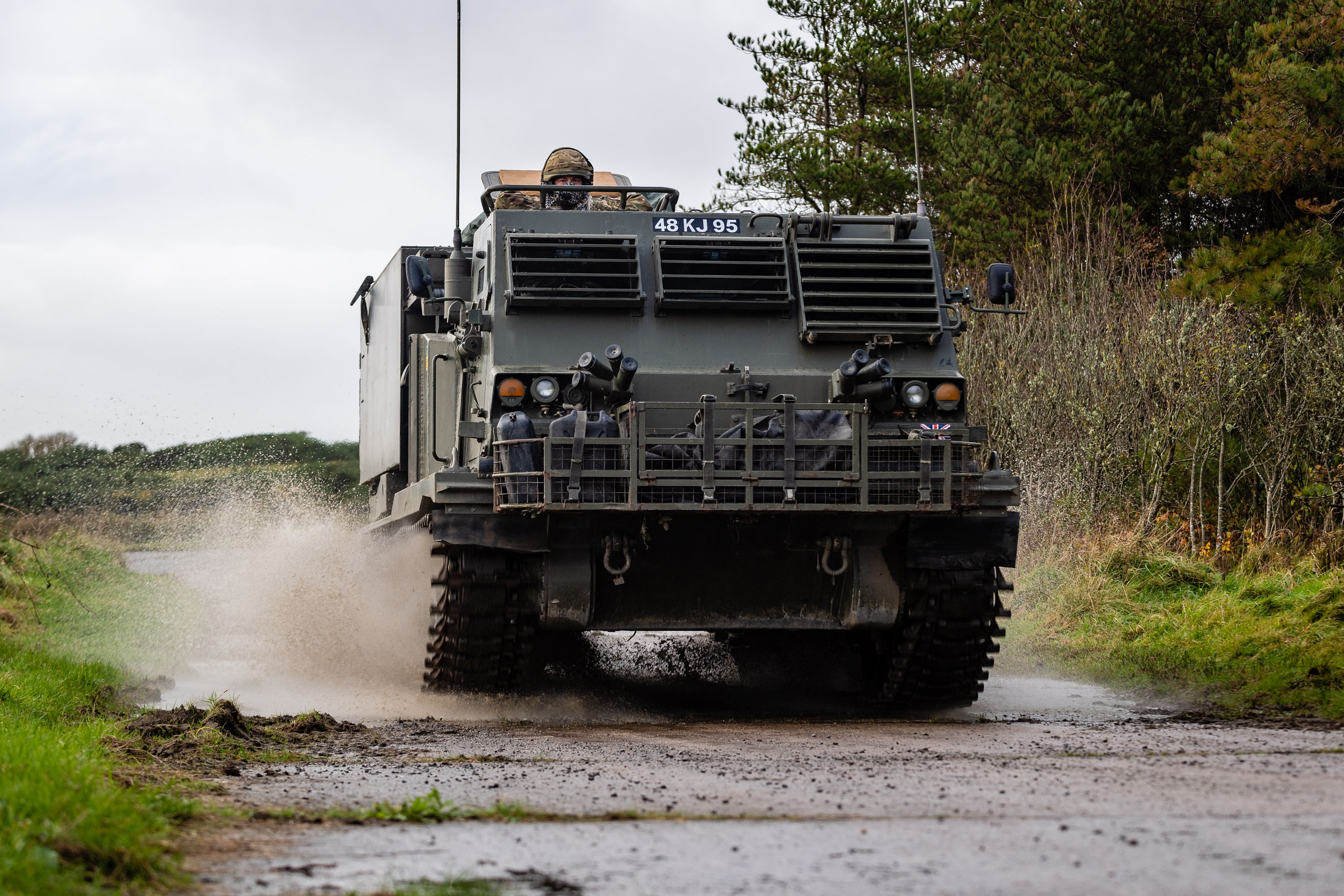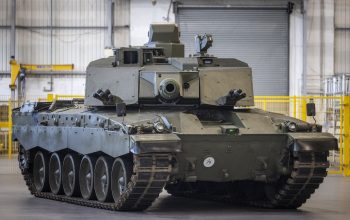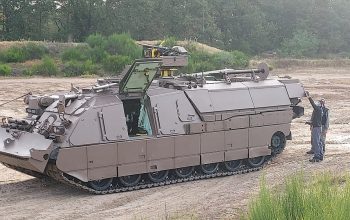Lockheed Martin Corp., Grand Prairie, Texas, was awarded a $32,979,835 to contract to recapitalize the Multiple Launch Rocket System into the M270A2 configuration. Work will be performed in Grand Prairie, Texas; New Boston, Texas; and Camden, Arkansas, with an estimated completion date of May 31, 2026. The M270A2 Launcher version will be an upgraded version of the M270 with improvements such as the installation of new Launcher Loader Modules (LLM), the installing of the Improved Armored Cab (IAC) and the installing of a Common Fire Control System (CFCS). Fiscal 2022 Foreign Military Sales (United Kingdom) funds in the amount of $32,979,835 were obligated at the time of the award. U.S. Army Contracting Command, Redstone Arsenal, Alabama, is the contracting activity.
To increase the compatibility with future MLRS Family of Munitions (MFOM), the upgrade will comprise new engines, improved armoured cabs and the modern Common Fire Control System (CFCS). Lockheed Martin has partnered with the Red River Army Depot for the effort. Multiple Launch Rocket System M270 launchers will also be able to fire the Precision Strike Missile and Extended-Range GMLRS rockets, both currently in development. MLRS is a heavy tracked mobile launcher, transportable via C-17 and C-5 aircraft, that fires Guided MLRS rockets and Army Tactical Missile System missiles. MLRS will also be able to fire the Precision Strike Missile (PrSM) and Extended-Range GMLRS rockets, both currently in development.

Following a recent agreement struck with the United States Department of Defense, British Army will be embarking on a five-year programme to update M270 Multiple Launch Rocket Systems (MLRS). The upgrades will ensure that the Army’s Land Deep Fires capability remains strong for the next three decades and that the British Army has the technological capability to quickly meet the threats of today and tomorrow. Taking advantage of the long-standing MLRS collaboration with the US and key allies, work will start on upgrading the first tranche of launchers in March 2022 with the fleet going through production over a four-year period. The UK is also developing UK-specific systems for the new launchers, including Composite Rubber Tracks (CRT), and a vehicle camera and radar system. A new Fire Control System will be developed collaboratively with the US, UK, Italy, and Finland. The upgrades will keep the equipment in service until 2050.
The M270 Multiple Launch Rocket System (M270 MLRS) is an armored, self-propelled, multiple rocket launcher; a type of rocket artillery. Since the first M270s were delivered to the U.S. Army in 1983, the MLRS has been adopted by several NATO countries. The M270 MLRS weapons system is collectively known as the M270 MLRS Self-propelled Loader/Launcher (SPLL). The SPLL is composed of three primary subsystems: the M269 Loader Launcher Module (LLM) is mated to the M993 Carrier Vehicle. The M993 is a derivative of the Bradley Fighting Vehicle chassis. For more than 40 years, Lockheed Martin has been the leading designer and manufacturer of long-range, surface-to-surface precision strike solutions, providing highly reliable, combat-proven systems like MLRS, High Mobility Artillery Rocket System (HIMARS), ATACMS and GMLRS to domestic and international customers.















